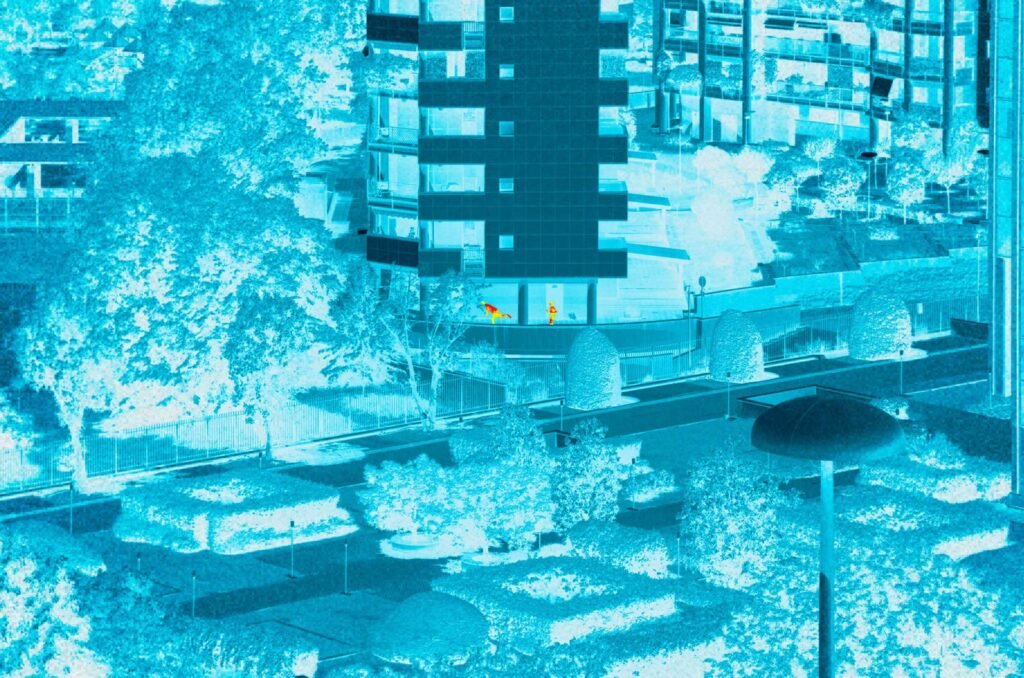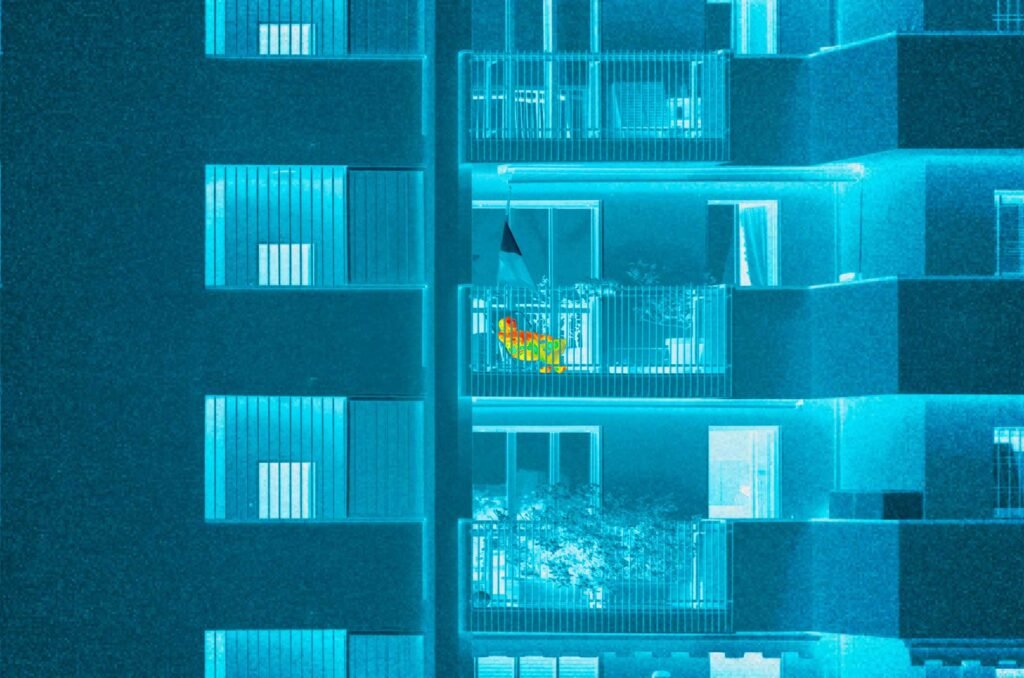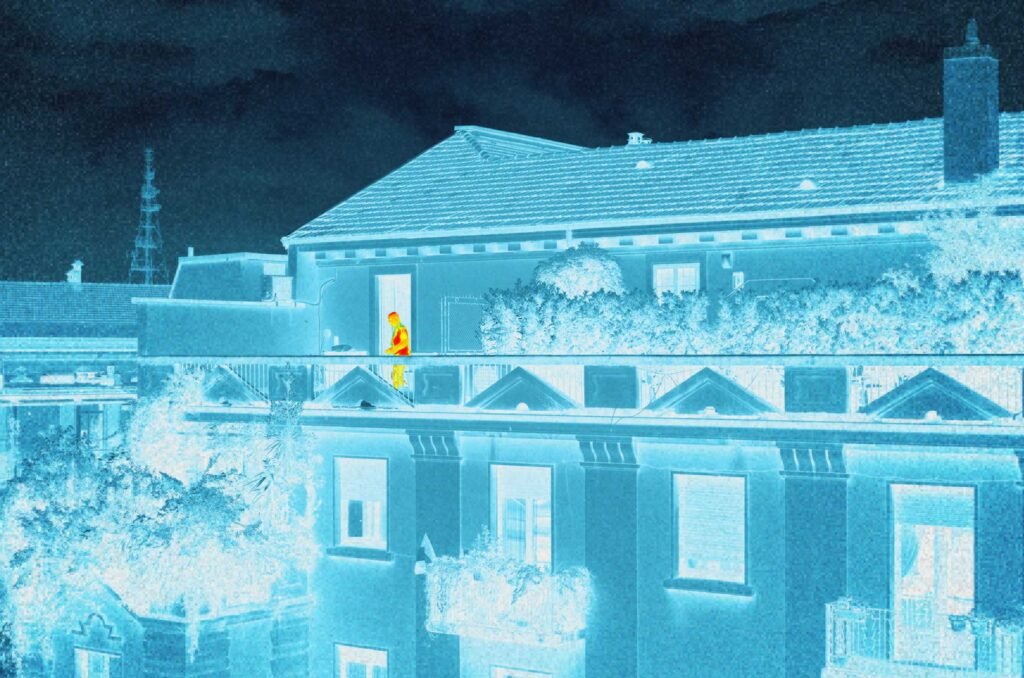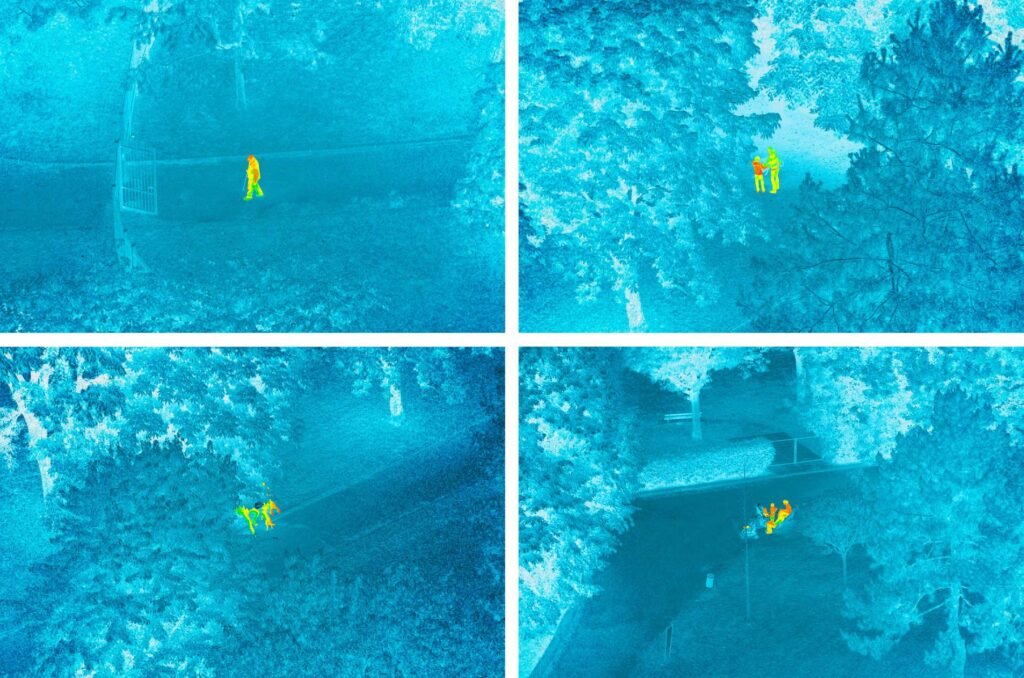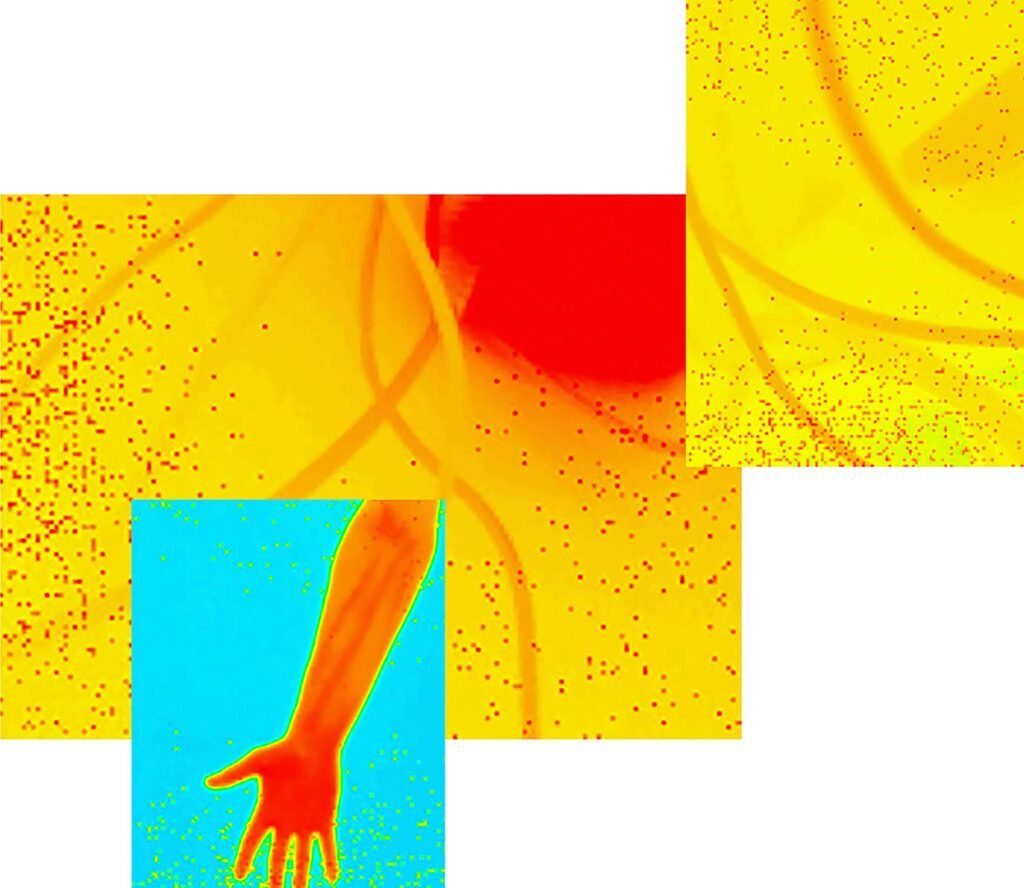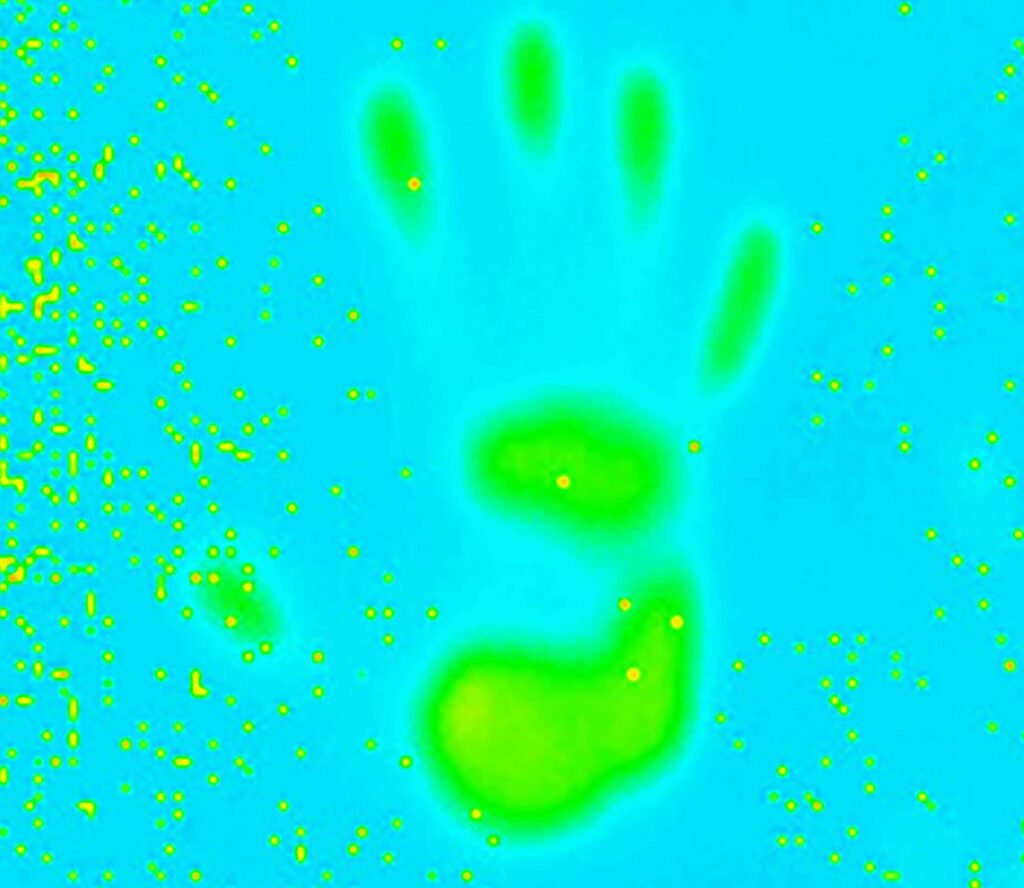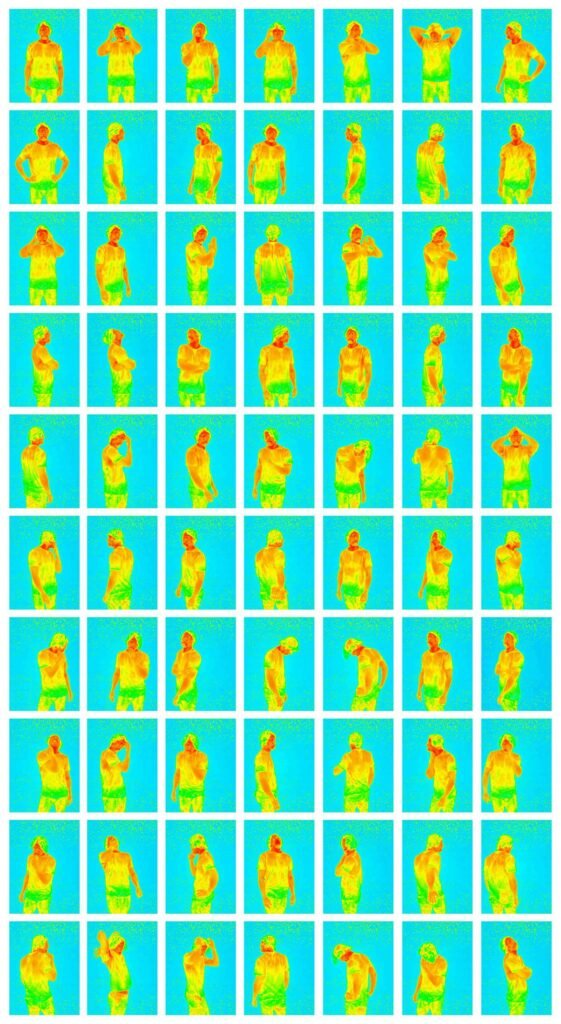Thermodynamics of a singularity (ToS) is an attempt to recount the Italy of lockdown and social distancing during the difficult course of the Pandemic: covid-19.
Carrying out a wide-ranging research that urgently traverses the bureaucratic postures assumed in the course of an event / advent that has undoubtedly changed our perception of the real and the possible, Lorenzo Bacci and Flavio Moriniello’s work examines the landscape produced in this condition through the use and careful combination of different languages, with the aim of producing an observation and documentation both of the reorganisation of public spaces and the ‘new’ way of living in our homes, and of the profound change in the perception of outdoor environments, their crossing, the relationship with the other and proxemics.
It is a reflection produced in Thermodynamics of a singularity that reveals, among other things, that complex relationship of reciprocity now established between man and technological devices, a relationship within which man himself is re-described and rediscovered to the point of determining a condition of surpassing himself that philosophers such as Rosi Braidotti have indicated through a fortunate neologism such as the “Posthuman”.
A condition that is ‘posthuman’, whose imaginative content, the authors observe, has undergone an acceleration in relation to the exceptionality of pandemic events, the appearance and diffusion of characterising images capable of profoundly inscribing themselves in the collective imagery, generating a significant political, social and epistemological impact.
Among the various measures aimed at limiting contagion and making public spaces safer, was the implementation of thermal cameras to regulate access, a vision produced by this kind of camera that borrows its gaze from other territories and applications such as military and medical, a technical vision entirely consistent with the lived experience of being at war with an invisible enemy.
The use of the thermal imaging camera has become consistent in an emergency context, the images produced and disseminated by this technology follow or precede the use of terms and language used in institutional communication again borrowed from the above-mentioned contexts.
Technical-scientific representation inhabits the everyday by reorganising the collective and private imagery. Characterised by its ability to simultaneously show the visible spectrum and heat thermography detects energy by highlighting everything that is action, production and movement, distinguishing it from what is not. The temperature detected, shown, becomes a new unit through which to measure the world and process its signs. The translation of temperature into a visible, formally recognisable datum shows us the combined importance of technology and invisible data in the construction of reality. An elaboration that determines, informs and regulates the relationship and narrative between health and illness, values and needs, but also between vision, visibility, representation, perception and power.
Lorenzo Bacci (1989) and Flavio Moriniello (1986) have been working as an artistic duo since 2019. They both achieved a Master’s degree in Photography and Visual Design from NABA in Milan, after respectively completing a BA in Economics and an MSc in Physics. Currently, Moriniello is pursuing a PhD in AI at UPV in Valencia.
Bacci and Moriniello employ a multidisciplinary approach in their research, with a specific focus on examining the intricate relationship between humans and technology.
They delve deep into understanding how the latter is actively reshaping and altering our perception of reality. Moreover, they extend their investigation beyond the edges of current circumstances in order to envision near future scenarios.
Their work is both in public and private collections such as: MUFOCO (Milan) and Centre Claude Cahun pour la photographie contemporaine (Nantes).

